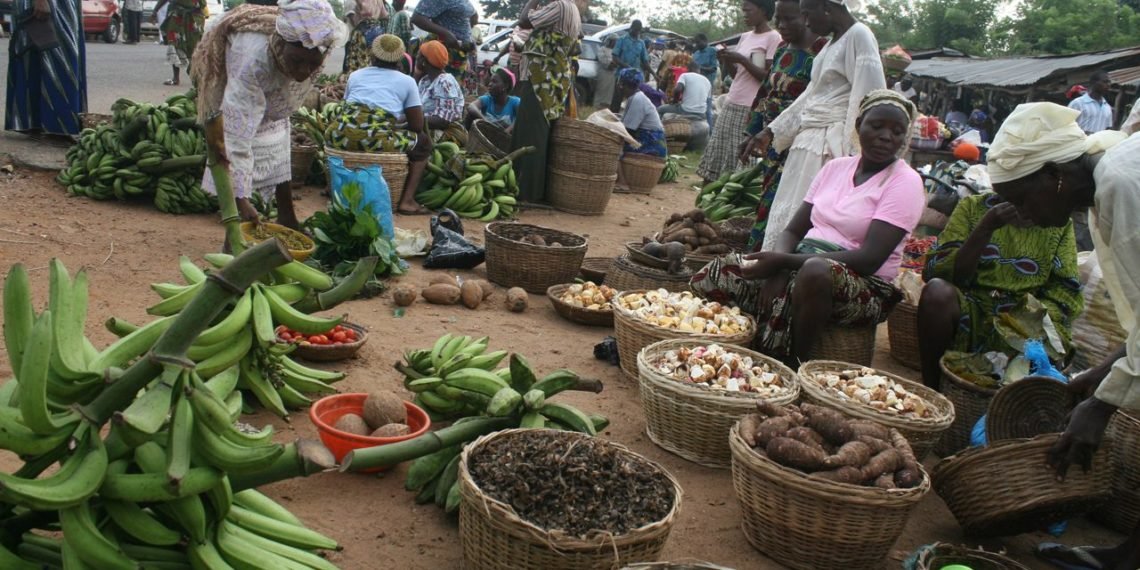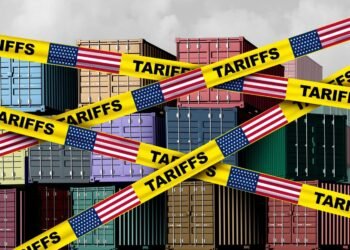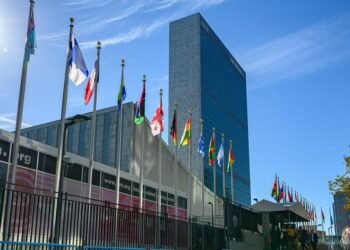The number of people facing acute food insecurity and needing urgent life and livelihood-saving assistance has hit a five-year high in 2020 in countries beset by food crises, a new Global Network Against Food Crises (GNAFC) report reveals. According to the report, conflict, COVID-19, and extreme weather continue to push millions of people into acute food insecurity.
The GNAFC is an international alliance of the UN, the EU, governmental and non-governmental agencies working to tackle food crises. The Global Network released the new report on Wednesday, May 5, 2021.
Also, per the report, at least 155 million people experienced acute food insecurity at Crisis or worse levels across 55 countries in 2020. This is an increase of around 20 million people from the previous year. As a result, it raises a stark warning about the rising acute food insecurity in the world.
Most severe phase of acute food insecurity
Of these, the report classified around 133, 000 people in the most severe phase of acute food insecurity in 2020. The countries in this Phase include Burkina Faso, South Sudan, and Yemen. These areas require urgent action “to avert widespread death and a collapse of livelihoods”.
Furthermore, at least another 28 million people faced an Emergency level of acute food insecurity in 2020. This means that “they were one step away from starvation”. The people in this category cut across 38 countries/territories. This was where urgent action saved lives and livelihoods, and prevented famine from spreading.
Also, 39 countries/territories have experienced food crises since the last five years that the GNAFC has published its annual reports. In these countries, high levels of acute food insecurity increased from 94 to 147 million people between 2016 and 2020.
Additionally, over 75 million children under five were stunted and over 15 million wasted (too thin) in 2020. This cuts across the 55 food-crisis countries/territories the report has covered.
Meanwhile, countries in Africa remained disproportionally affected by acute food insecurity. According to the report, close to 98 million people facing acute food insecurity in 2020 were on the African continent. However, the situation is not only limited to Africa because Yemen, Afghanistan, Syria, and Haiti were among the ten worst hits last year.
Key drivers of acute food insecurity
More importantly, conflict was the main driver pushing almost 100 million people into acute food insecurity in 2020, up from 77 million in 2019. Another factor is economic shocks – often due to COVID-19. This replaced weather events as the second driver of acute food insecurity in terms of the numbers of people and countries affected. Over 40 million people in 17 countries/territories were affected, up from 24 million and 8countries in 2019.
Another factor behind the rising acute food insecurity in 2020 was adverseweather conditions. However, the number of people affected has declined from over 15 million people to 34 million.
The GNAFC expects the conflict to remain the major driver of the food crisis in 2021. It, however, warned that COVID-19 containment measures and weather extremes will continue to exacerbate the situation in fragile economies.
“One year after the declaration of the COVID-19 pandemic, the outlook for 2021 and beyond is grim. Conflict, pandemic-related restrictions fueling economic hardship and the persistent threat of adverse weather conditions will likely continue driving food crises”.
GNAFC
Moreover, the GNAFC states that “the COVID-19 pandemic has revealed the fragility of the global food system”. As a result, there is the “need for more equitable, sustainable, and resilient systems to nutritiously and consistently feed 8.5 billion people by 2030”. To achieve the Sustainable Development Goals, the GNAFC calls for “a radical transformation of our agri-food systems”.
Call for urgent action
Also, The GNAFC emphasizes the need to act urgently and decisively and calls for the international community to mobilize against hunger.
“Conflict and hunger are mutually reinforcing. We need to tackle hunger and conflict together to solve either…We must do everything we can to end this vicious cycle. Addressing hunger is a foundation for stability and peace” .
António Guterres, Secretary-General of the United Nations
READ ALSO: Share of total imports from China inch up by 8.1% year-on-year in 2020























